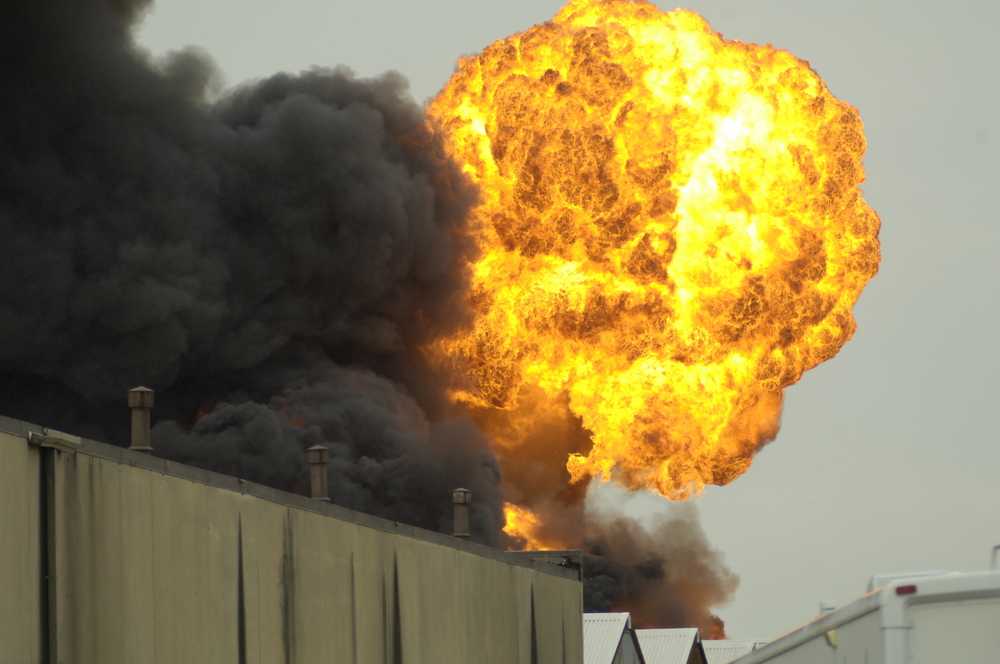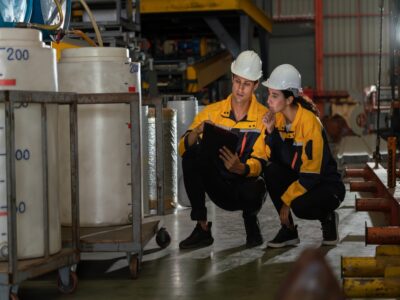
We provide professional, impartial and independent advice and qualified expert opinion to support the legal process of resolving cases that involve dust explosions, flash fires, and most areas of process safety. We utilize a science-based approach in our litigation support work that is supported by decades of industry experience including numerous explosion/fire investigations and formal safety studies.
Background
The majority of powders used in industry can give rise to a fire hazard as a layer on a surface, and a flash fire or an explosion hazard if dispersed as a cloud. Powders can form explosible dust clouds if the particle size is small, moisture content is low and the dust cloud concentration (measured in g/m3) is above the Minimum Explosible Concentration (MEC). Dust clouds with concentrations above the MEC are regularly formed inside material handling and material processing equipment, for example, when bins are being filled or dust is being collected in a dust collector. The presence of excessive powder accumulations on various surfaces in processing buildings can also become airborne and give rise to explosible dust clouds under upset conditions.
A systematic approach to identifying dust cloud explosion hazards and taking measures to ensure safety against their consequences generally involves:
- Understanding of the pertinent fire and explosion properties of the dust including sensitivity to various types of ignition hazards such as electrical arcs, electrostatic discharges, self-heating, and mechanical/friction sparks, as well as the severity of the explosion (Kst and Pmax).
- Determination of places where combustible dust clouds could be present
- Determination of potential ignition sources that could be present under normal and abnormal operating conditions
- Taking effective measures to eliminate and/or reduce dust explosions through control of ignition sources and dust cloud concentrations
- Taking measures to protect against dust cloud explosions. Options include explosion containment, explosion suppression, explosion relief venting and explosion isolation.
- Having an effective preventive maintenance program in place to control ignition sources and minimize dust releases and accumulations

Get in touch
To learn more about our expertise and services in dust explosion prevention & mitigation, call us at +1 609 455 0001 or email us at [email protected] today.
We also offer tailored virtual and in-company process safety training programs on Dust Explosions, Static Electricity and HAC (Hazardous Area Classification) and more. Find further information here.







